Liver is the principal organ of urea biosynthesis. In the ornithine cycle, ammonia, formed by deamination in cells and tissues, combines with carbon dioxide to form carbamyl phosphate. This compound is subjected to a cyclic chemical reactions as provided in the figure. Three molecules of ATP are spent to convert the toxic ammonia into a molecule of urea. Nephron Nephron is the structural and functional unit of the kidney. There are about a million nephrons In general, the kidney performs the following vital functions in the body : 1. Excretion of waste products resulting from protein metabolism. 2. Regulation of acid-base balance by excretion of H+ ions (acidification) and bicarbonate ions. 3. Regulation of salt-water balance by hormones secreted both intra-and extra-renally. 4. Formation of renin and erythropoietin and thereby playing a role in the regulation of blood pressure and erythropoises respectively. Ureotelism Ureotelism is an adaptation for a semi-terrestrial habitat. Urea requires only a small quantity of water to form urine and never involves much water loss; Further, urea is much less toxic than ammonia and it can be retained in blood for sometime before it is transported and eliminated through the excretory organs. Though the concentration of urea in the blood is small, it can be stored safely in the bladder in high concentration. Thus ureotelism is conditioned by the shortage of water, characteristic of the terrestrial habitat. www.edufine.net
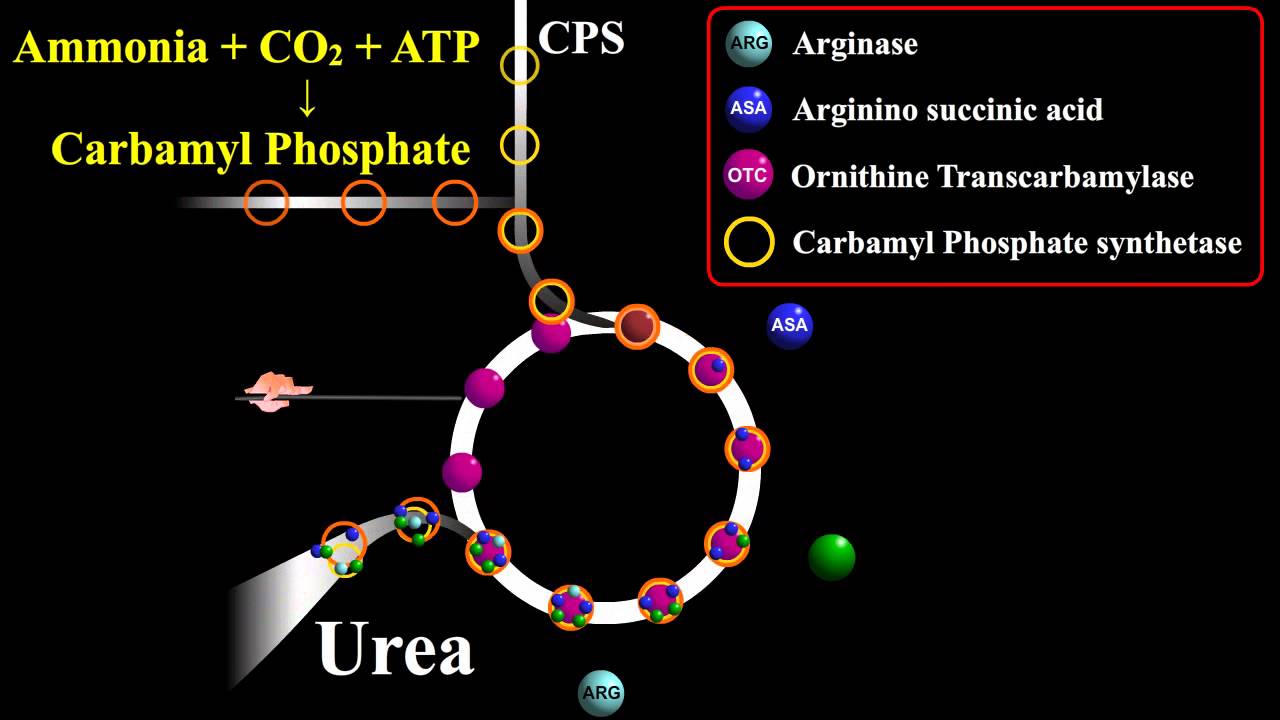
Urea Biosynthesis or Ornithine Cycle
- Post author:
- Post published:May 29, 2021
- Post comments:0 Comments
You Might Also Like

BIOLOGY – Gareth Williams – Diabetes

Omega 3 fatty acid: Usage, benefits & side-effects | Detail review in hindi by Dr.Mayur Sankhe
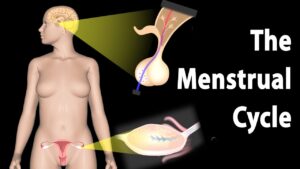
Hormonal Control of the Menstrual Cycle, Animation.
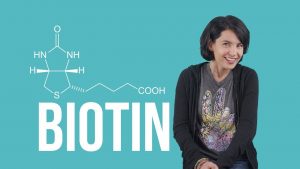
Biotin Supplement / Vitamin B7: Unexpected Side Effects???

Sildenafil Citrate

Sports Medicine Video – 1

Not a Cream Puff Workout With Chris Hinshaw and Rich Froning

Spa Mineral Video – 1

Back Exercise – Lat Pulldown Machine for Upper Lats

How does cholesterol affect your heart? – Dr. Ramesh Basavanna

Overweight & Obesity Video – 1

Top 5 Leptigen Review Special Edition Or Weight Loss Products That Work Fast 2016 Video 3

Health & Skill Components of Fitness

The Somatotype Myth: Ectomorph Mesomorph Endomorph
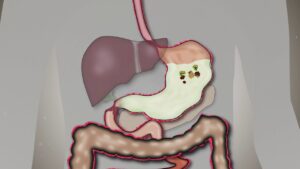
Human Digestive system explained

Making A Yoga Routine Video – 7

Phil Heath’s Cable Hammer | Bicep Exercise #3
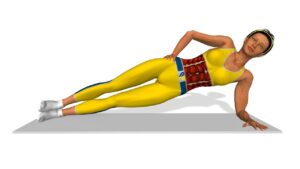
Oblique abs exercises: Side Plank

How to Do Back Extensions

Anatomy Terminology – Anatomy Tutorial

Testosterone & Androgenic Effects Video – 36

Close grip tricep extensions supersetted w/ earthquake curls

Anesthesiology Video – 2
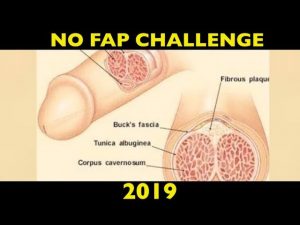
** Effects of excessive masturbation** on your health (including hair loss and depression) NO FAP

Human Body, Body Building Muscle Building Anatomy Physiology Video – 9

Erector Spinae Back Extension-6

Upper Back and Trap Thickness (2 KEY EXERCISES!)

Instructional Fitness – Back Extensions
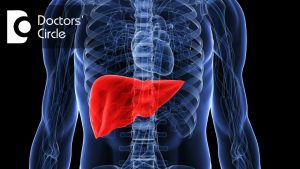
What does high bilirubin levels signify in LFT? – Dr. Sharat Honnatti
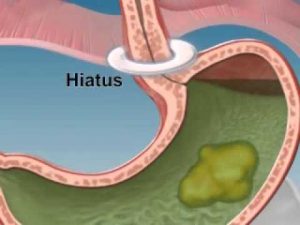
How Does My Stomach Work?

Learn how to say this word: “Anabolism”

Accutane-isotretinoin
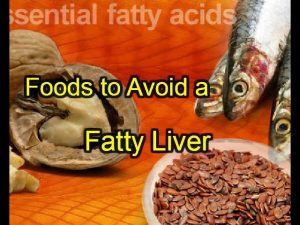
Foods to Avoid a Fatty Liver

Dermatology & Skin Diseases : Accutane Benefits

Keith Clinic – Stability Exercise #4 – The Donkey Kick

How To Do Flat Bench Chest Flys

Hepatology Video – 3

Internal Medicine Video – 1
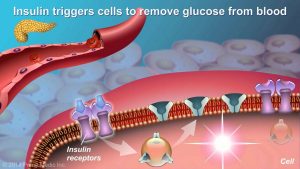
Understanding Type 2 Diabetes
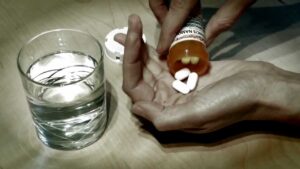
Sleep Medicine Video – 3

DYNAMIC STRETCHING / WARM UP ROUTINE FOR SPEED TRAINING / EXERCISE

